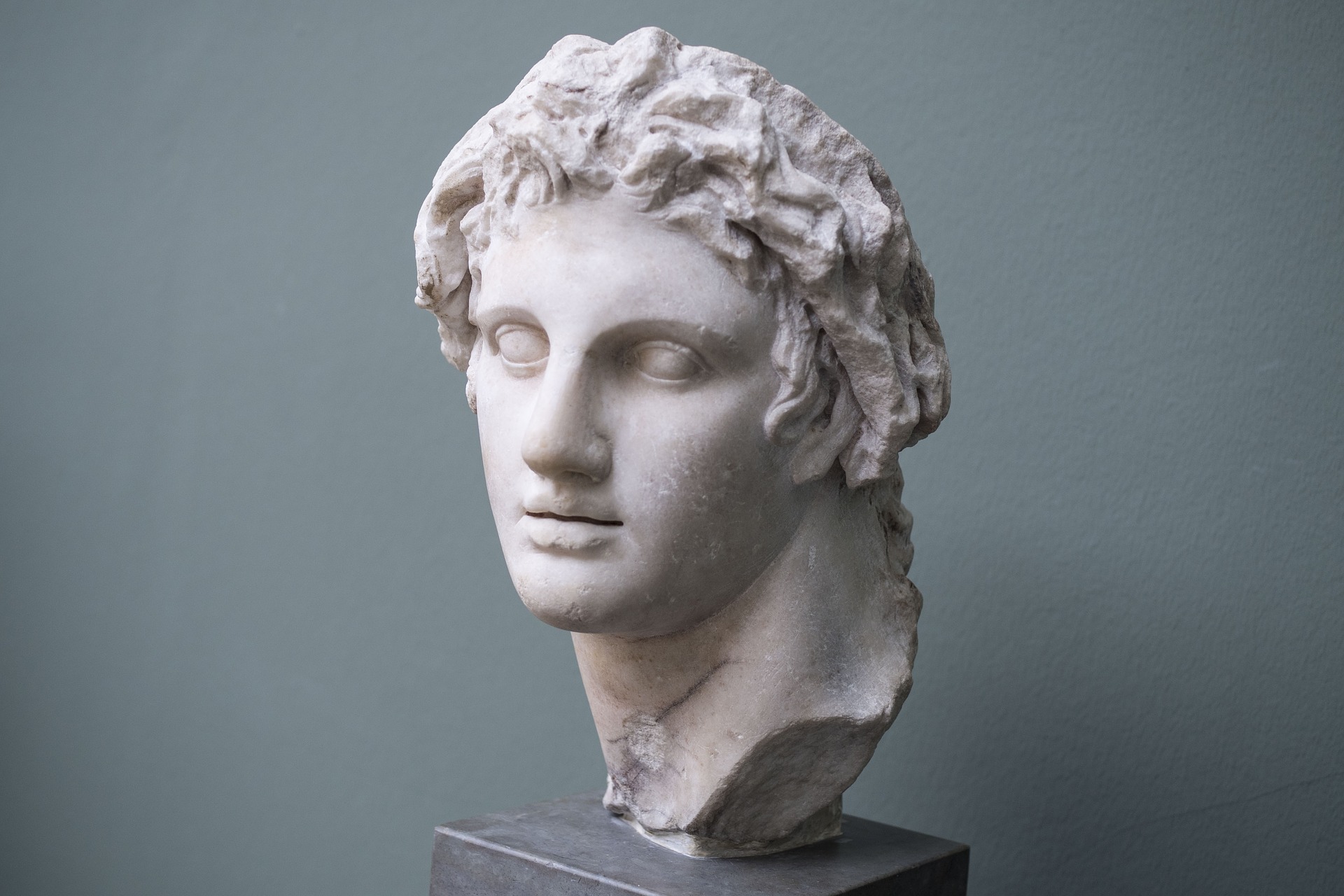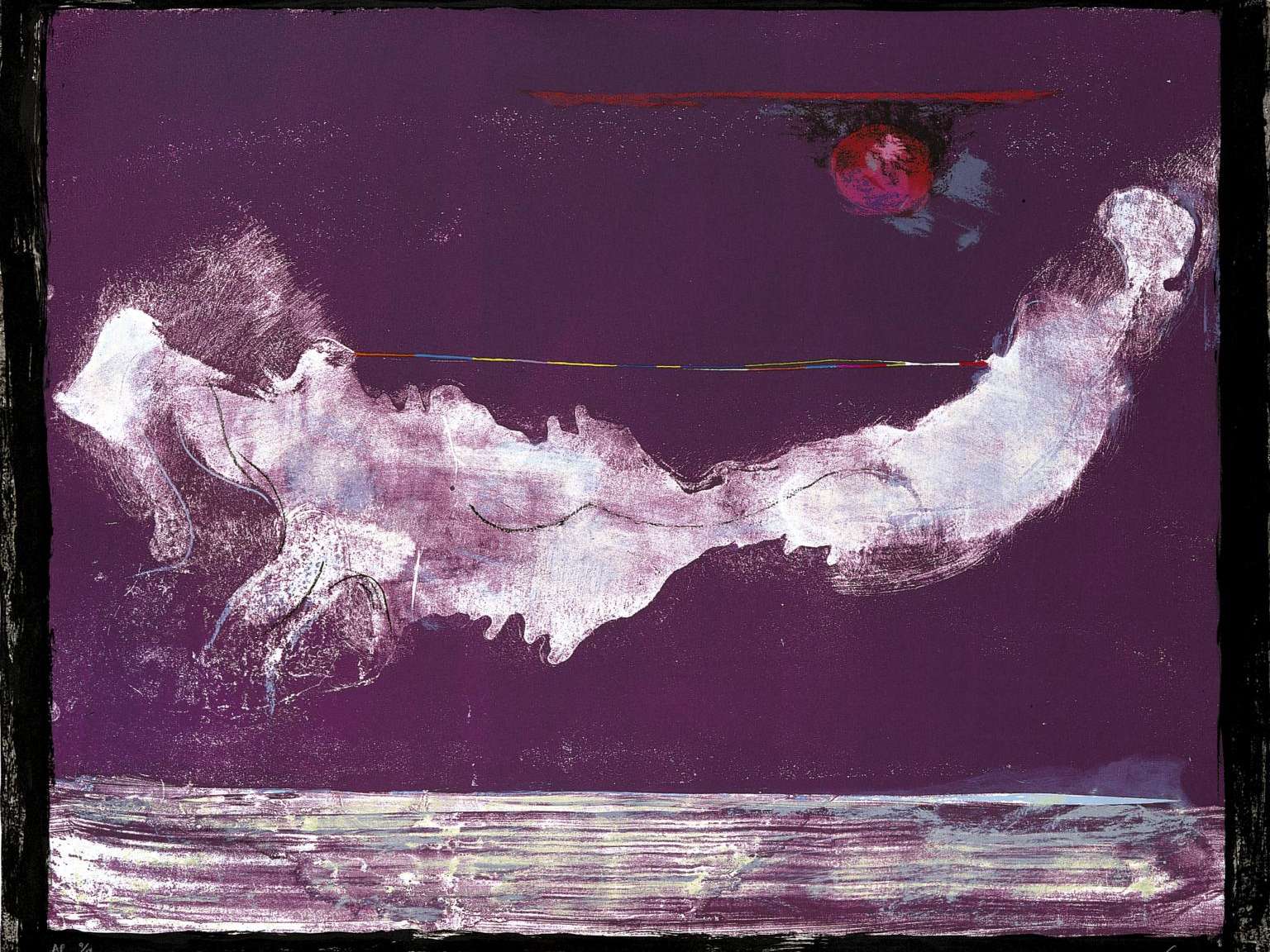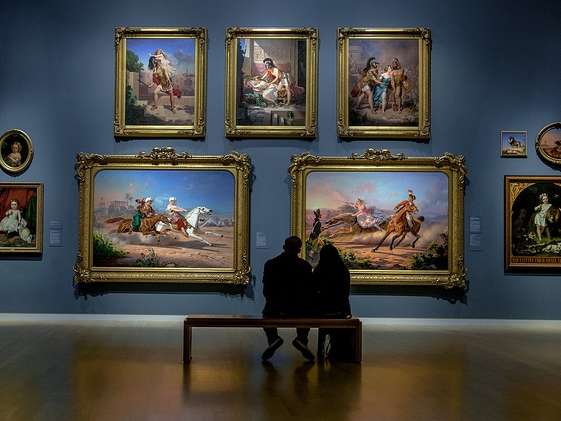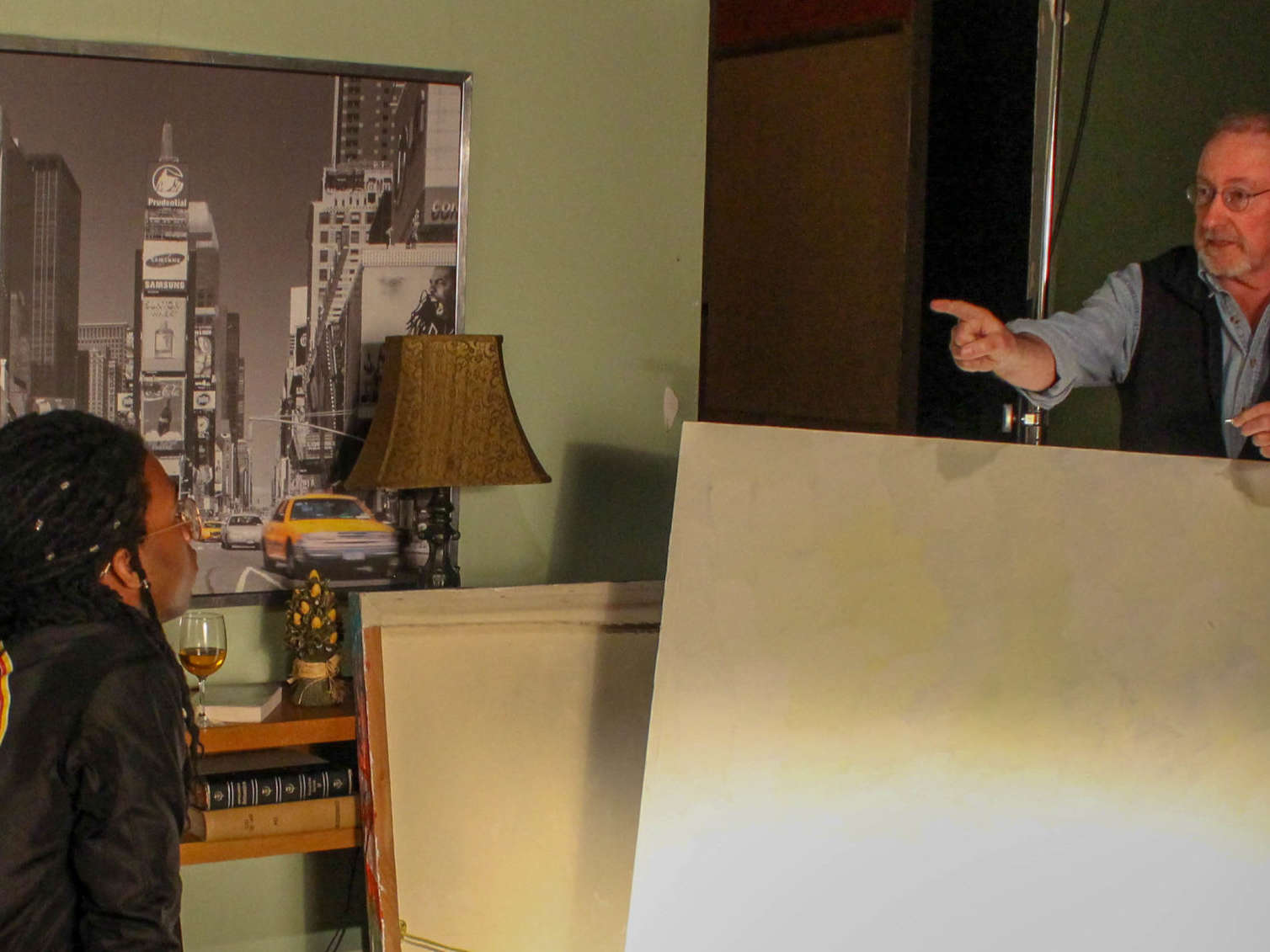Director Dialogue: Eileen Everett & Gabriela Sotomayor, School of Art History
We sat down with Academic Vice President of Liberal Arts, Eileen Everett, and Director of the School of Art History, Gabriela Sotomayor, to discuss the important role art history plays in preserving the past, and defining the future artistic narrative.


Q: Tell us about the School of Art History and how it originated at the Academy.
Eileen Everett (EE): Art History has been a centerpiece of the Academy Liberal Arts curriculum for decades. The beginnings of the School of Art History as its own department began in the Fall of 2012, with the establishment of our unique BFA Art History Degree, closely followed in 2013 with our MA Art History program.
Gabriela Sotomayor (GS): The inspiration for the program was born from the recognition that an education in fine art was integral to the study of art history. With that in mind, we looked to our own art historical studies; both in the U.S. and in Europe as inspiration, adopting those lessons and merging them with what we felt we had missed in our own studies. This ensured that Academy of Art-trained art historians could fluently discuss art through the lens of the artist as well as the lens of the historian.
Q: What are some interesting facts about studying art history that people may not recognize?
GS: As a field, art history is ever evolving, with new discoveries being made daily that can transform the narrative. The ink is never dry when you consider the history of art, and no matter how well a period of art has been studied, there is a world that has yet to be unearthed!
Recent discoveries include the identification of two new frescoes in the Vatican by the famed Renaissance painter Raphael, the return of Degas’ The Chorus Singers, which had been stolen back in 2009, the discovery of an unknown chamber in the Great Pyramid of Giza, and the unearthing of the lost Roman city of Neapolis off the coast of Tunisia, are just a few of the incredible finds that have rocked the art historical and archaeological world in the past year!
EE: Every single period of art, every artist and movement has more to share. As art historians we are lucky enough to be a part of that ever-changing world, making discoveries and breaking new ground that can transform the way we look at our own history, and we do it by studying the most exquisite works of art and architecture.
If you set aside the ability to discover something new, art historians are preserving the past in transformative and technologically-astounding ways. For instance, teams of archaeologists and historians worked tirelessly in the days leading up to the fall of Palmyra, Syria to 3-D scan the rare Roman-period monuments before they were destroyed.
Q: What are some prospective career opportunities for students who graduate with a degree in art history?
EE: Art Historians can work in a number of disciplines beyond the traditional avenues of teaching and research. From working in the movie, television, and gaming industry as historical experts, to becoming advisers to fashion houses looking to incorporate historical elements in their newest collection, to advising private companies on their personal art investments, art historians are equipped to succeed in a great many fields.
Specific types of employment, including university teaching and some higher-level gallery and museum work will require an advanced degree of art historical specialization; an MA and/or PhD. Other areas, such as the tech industry, will look to art historians as assets for their excellent communication, writing and research skills, which are invaluable to companies in need of academically-oriented problem solvers.
At their core Art History and the greater Liberal Arts provide an excellent foundation from which to grow in a company, museum or school, making the skills you acquire in this type of program highly desirable and transferrable. Graduates from the program have applied their skills to work in museums, auction houses, conservation, education, graphic design, and publishing.
Q: What sets the Academy’s School of Art History apart from the rest? And what can students expect from their Art History coursework?
GS: To put it simply, the opportunity to study with leading historians and artists at the same time. The Academy’s School of Art History offers undergraduate and graduate degrees that incorporate the fine art element woven into the art history curriculum, ensuring that you bring your experience from oil painting into your analysis of Jan van Eyck’s Arnolfini Portrait.
The coursework is challenging but rewarding. The hallmark of our department is its academically focused environment, characterized by the intimate nature of small classes and attentive guidance. To be successful in the field of art history, you have to be willing to do the research, to explore all avenues, and exhaust all resources to defend your analysis, and through it all, your faculty will be right there with you, every step of the way.
We find ourselves in museums, lecture halls, auction houses, movie sets and gaming studios, and we need to be prepared to discuss an art historical movement, an artist or a work of art fluently, in many different languages, and to a variety of people. You need to make it come alive, and that can sometimes be hard, but if you’re educational foundation is strong, you will love the challenge.








